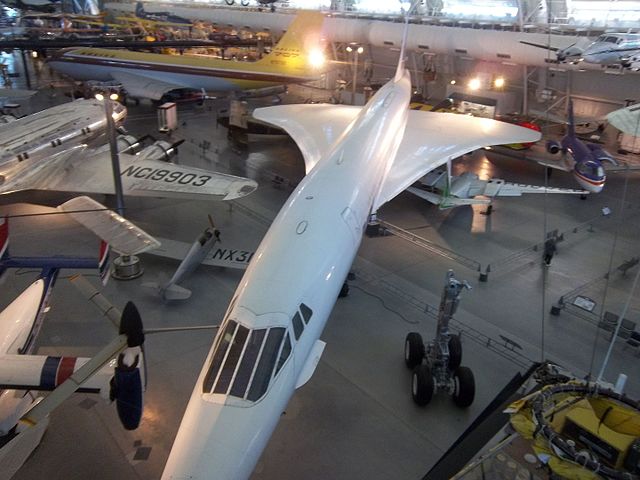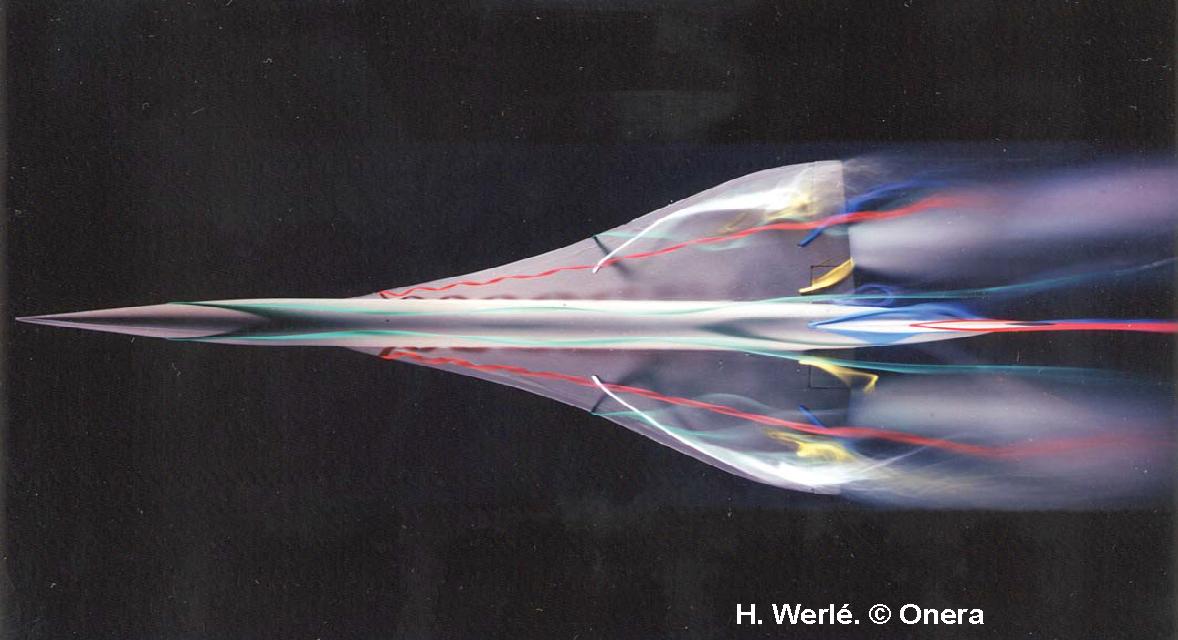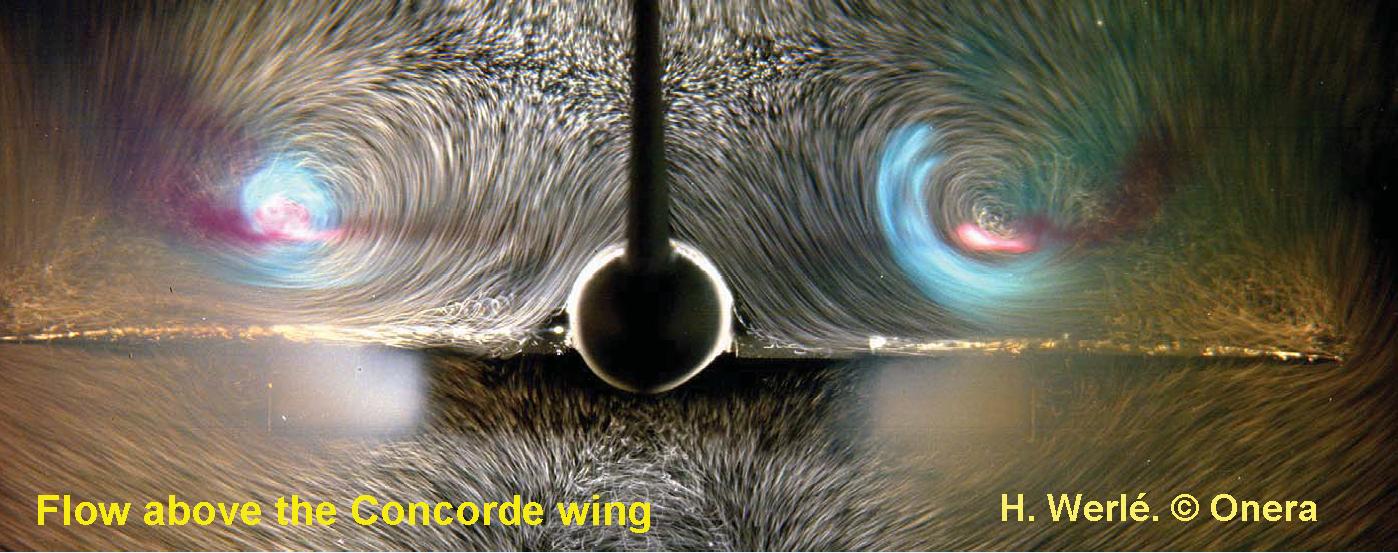A Wing Fence is a straight, vertical "fence" running from forwards to backwards down the wing.

This MiG-17 has three fences per wing. I've also seen them on delta-winged aircraft such as the MiG-25.
The purpose of the wing fence is to prevent the air from flowing sideways over the wing. Air instead becomes trapped between the fences and flows front to back as normal. This is the ideal condition for creating lift, because the air follows the camber of the wing.
So why doesn't the Concorde have them?

The even more extreme sweep (at first) of Concorde's wing seems to me like it would induce even more sideways-flowing air, meaning it should benefit even more from wing fences.
(I noticed the Tupolev Tu-144 doesn't have them either.)




